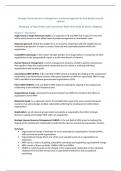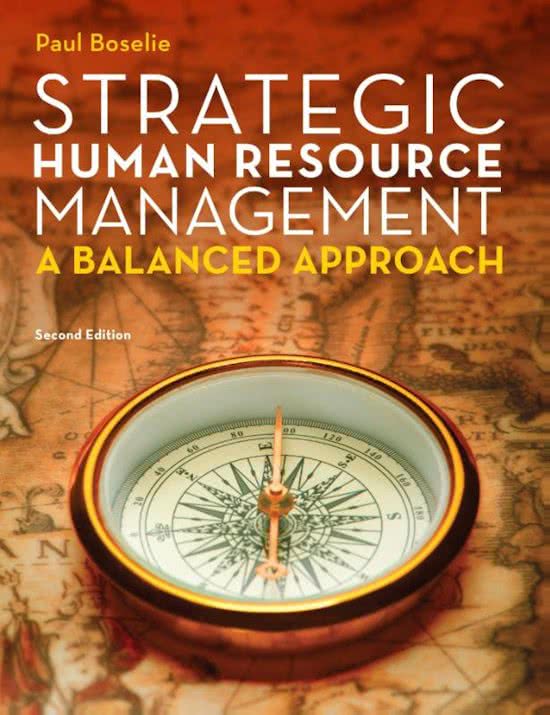Summary
Summary Glossary key terms and summaries given at the end of each chapters (1-14) Book Strategic Human Resource Management
- Course
- Institution
- Book
This is an overview of all the key terms mentioned in the book with the summaries given at the end of each chapter. Includes all 14 chapters from the book. This was made for the course Strategic Human Resource Management (MAN-BCU008A) at Radboud University. This is not a self-made summary of th...
[Show more]




